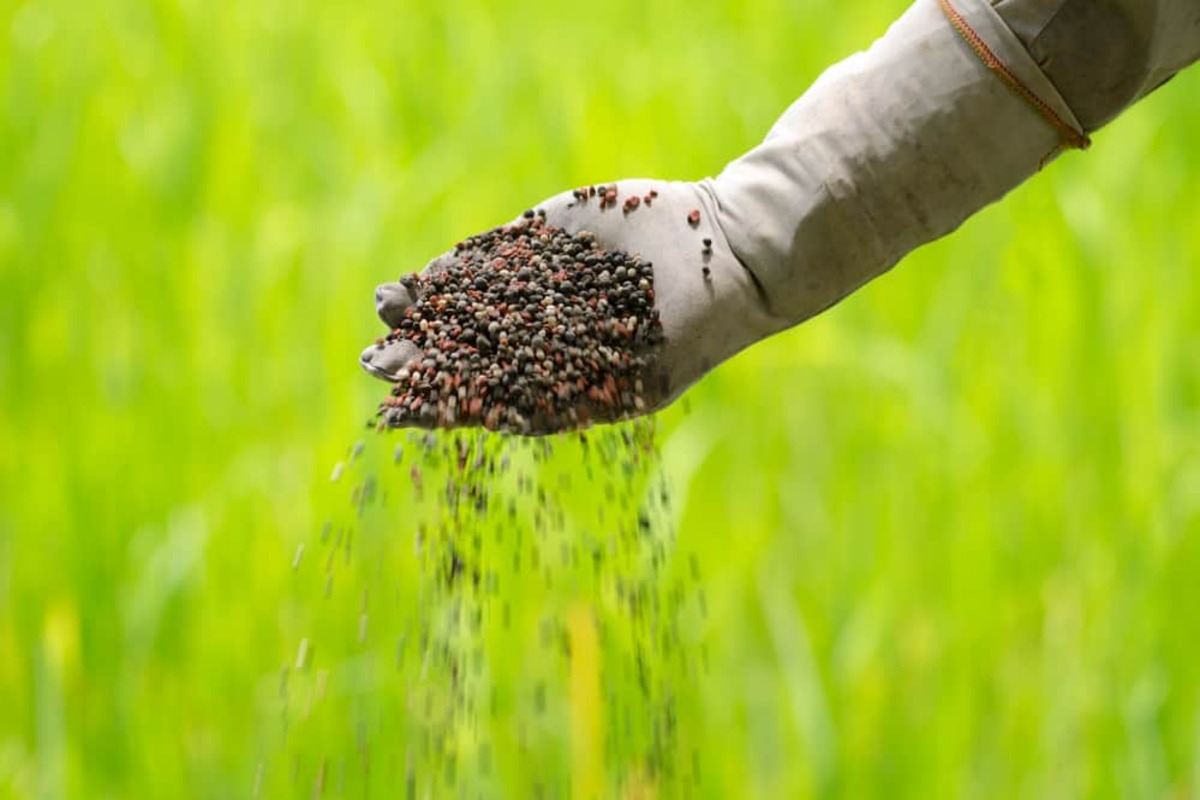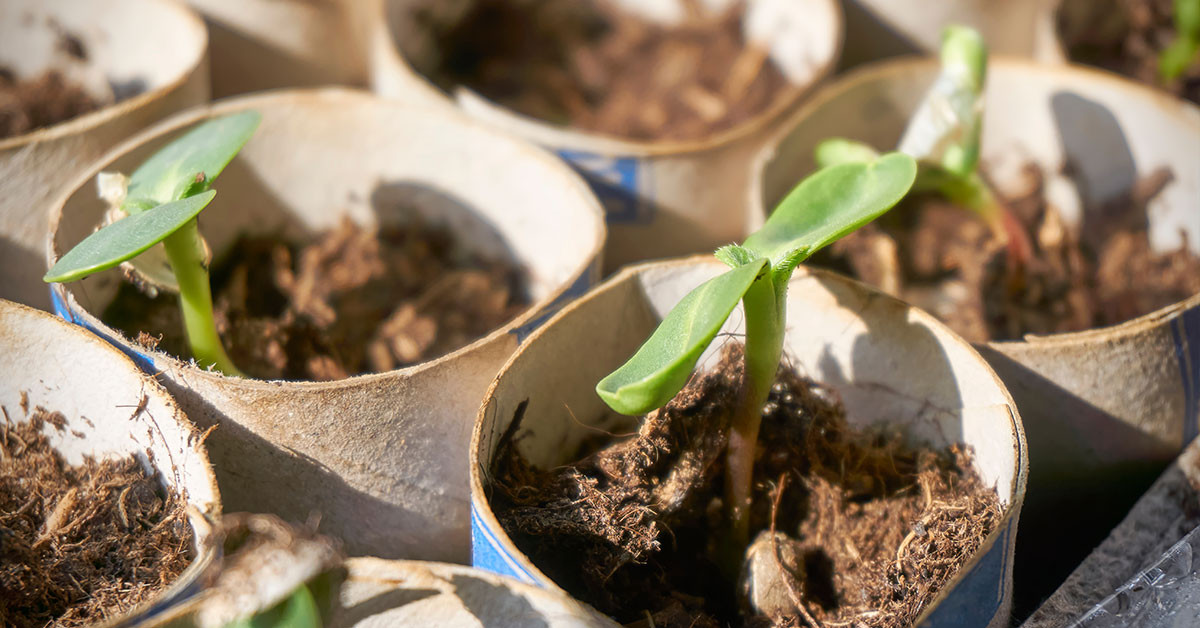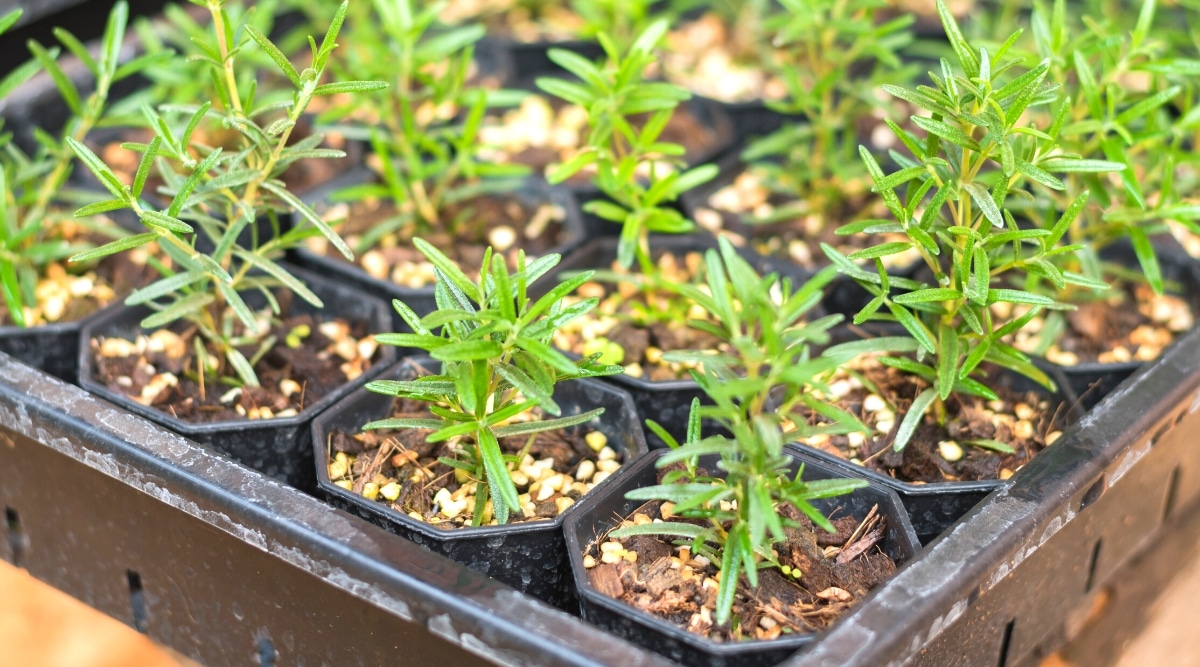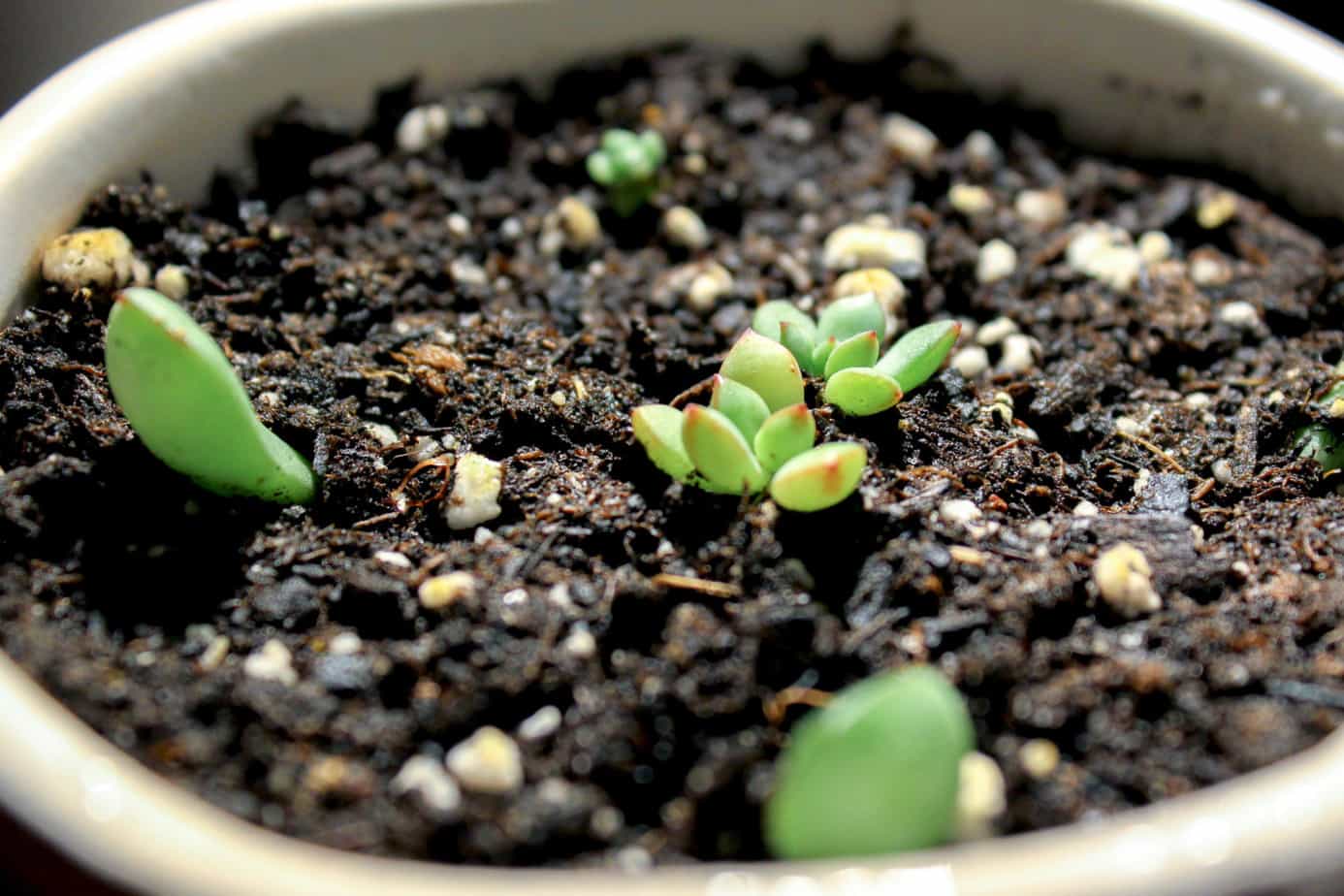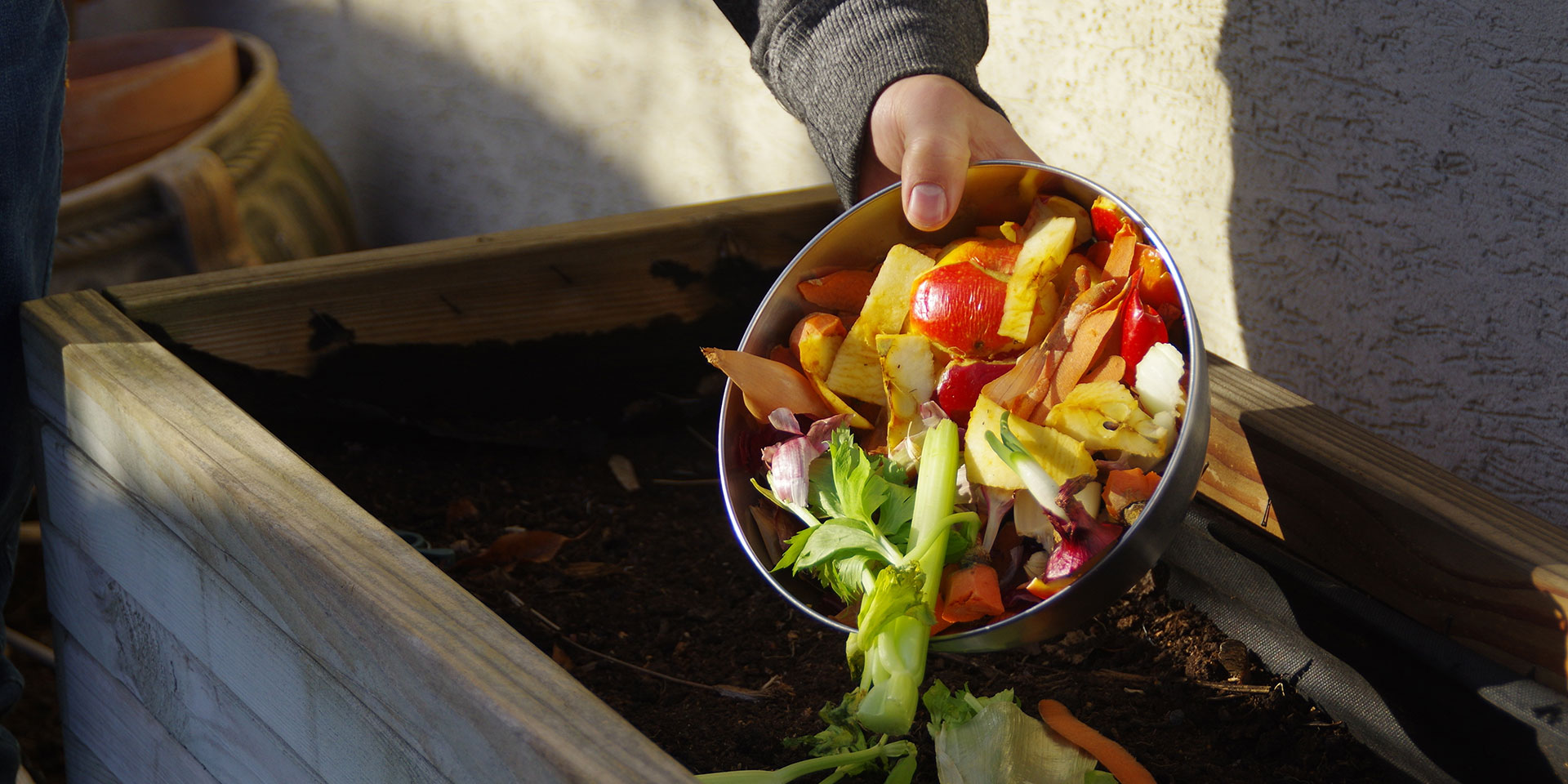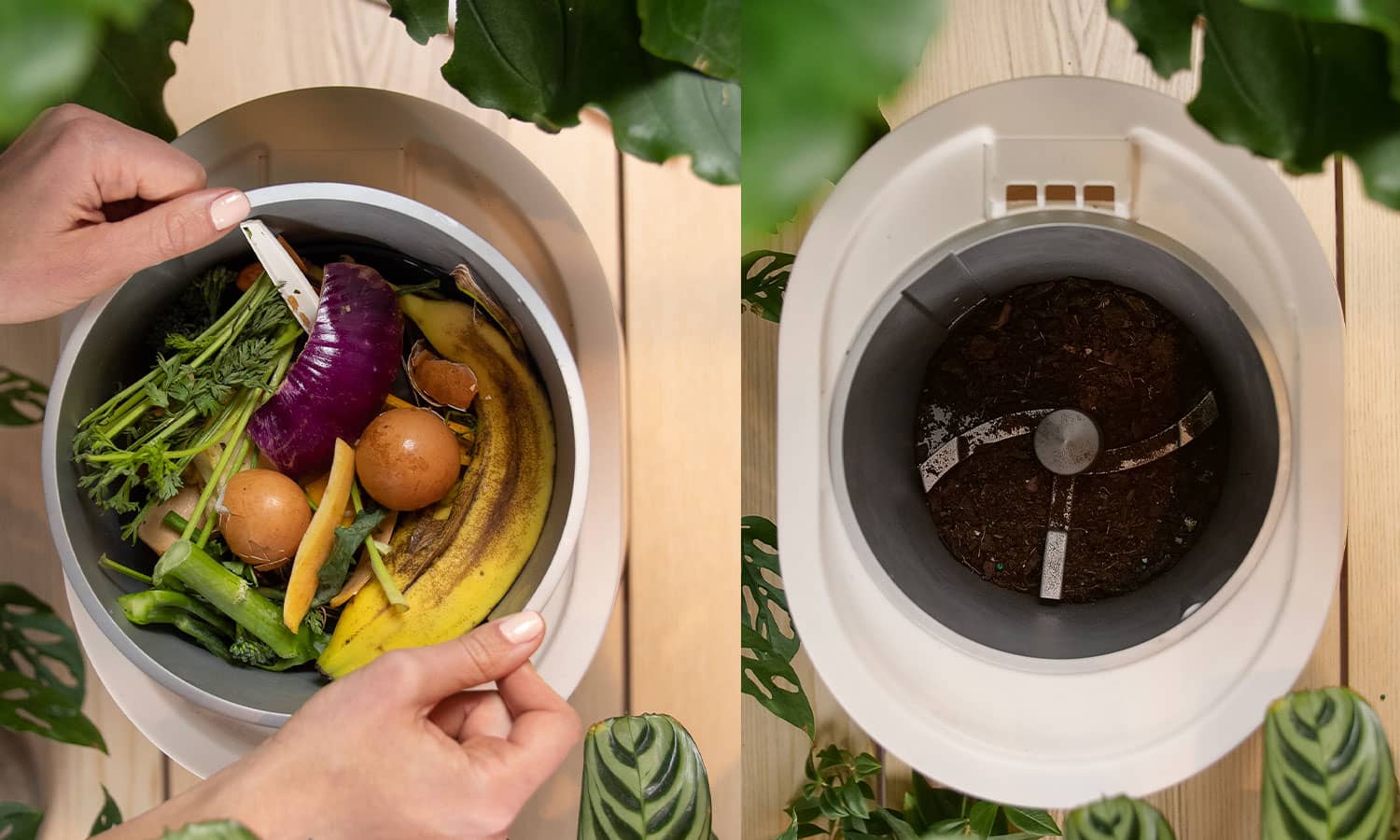Home>Gardening News and Trends>Latest News>How Long Does Vegetables Take To Digest
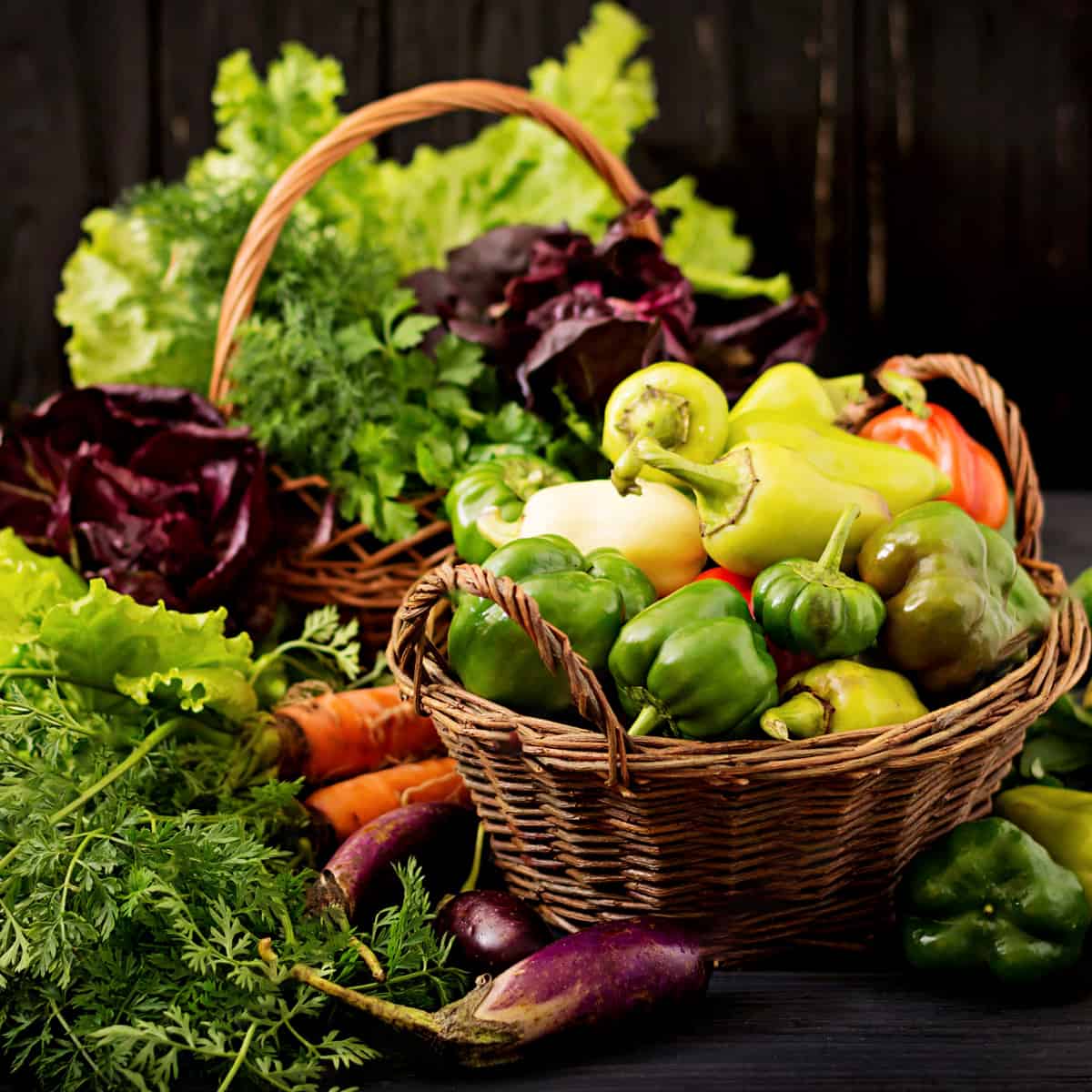

Latest News
How Long Does Vegetables Take To Digest
Modified: January 22, 2024
Discover the Latest News on How Long it Takes For Vegetables to Digest
(Many of the links in this article redirect to a specific reviewed product. Your purchase of these products through affiliate links helps to generate commission for Chicagolandgardening.com, at no extra cost. Learn more)
Table of Contents
Introduction
Welcome to the fascinating world of digestion, where our bodies break down the food we eat in order to extract the essential nutrients needed for optimal health. While the digestion process may seem straightforward, it is actually a complex series of events involving various enzymes and organs working together harmoniously. In this article, we will delve specifically into the digestion of vegetables and explore the factors that affect how long they take to be digested.
Vegetables play a crucial role in our diet, providing us with an abundance of vitamins, minerals, and dietary fiber. These nutrients are essential for maintaining a healthy body and preventing various diseases. However, have you ever wondered how long it takes for vegetables to be fully digested and absorbed by our bodies?
The digestion process begins as soon as we take a bite of food. Our saliva starts to break down the carbohydrates present in the vegetables, while also lubricating the food for easier swallowing. From there, the food travels down the esophagus and into the stomach. In the stomach, gastric juices, including hydrochloric acid and enzymes, begin to further break down the food into smaller particles.
After the stomach, the partially digested food enters the small intestine, where the majority of nutrient absorption takes place. The small intestine is lined with villi, tiny finger-like projections that increase the surface area available for nutrient absorption. Here, enzymes from the pancreas and bile from the liver and gallbladder continue to break down the food, allowing nutrients to be absorbed into the bloodstream.
Once the nutrients are absorbed, the remaining undigested waste material moves into the large intestine. In the large intestine, water and electrolytes are reabsorbed, while bacteria in the gut ferment the remaining fiber and produce essential vitamins. Finally, the waste material is formed into stool and eliminated from the body through the rectum and anus.
The digestion process can vary in duration depending on several factors, including the type of food consumed, individual metabolism, and overall gut health. In the next sections of this article, we will specifically focus on the digestion of vegetables and the factors that can influence how long they take to be digested.
The Digestive Process
Before diving into the specifics of vegetable digestion, it’s helpful to have a general understanding of the overall digestive process. The human digestive system is a remarkable network of organs and enzymes working together to break down the food we consume into smaller molecules that can be absorbed by our bodies.
The process begins in the mouth, where enzymes in our saliva begin to break down carbohydrates through a process called enzymatic digestion. Additionally, chewing mechanically breaks down the food, increasing its surface area for further digestion. Once swallowed, the food travels down the esophagus and into the stomach through the action of peristalsis, a wave-like muscular contraction.
In the stomach, the food is exposed to gastric juices that contain hydrochloric acid and enzymes, such as pepsin, which collectively work to break down proteins. The stomach also churns and mixes the food, further aiding in the digestion process. After the initial breakdown in the stomach, the partially digested food, now referred to as chyme, moves into the small intestine.
The small intestine is where the majority of nutrient absorption occurs. Here, digestive enzymes from the pancreas, including amylase, lipase, and protease, are released into the small intestine to further break down carbohydrates, fats, and proteins, respectively. Bile, produced in the liver and stored in the gallbladder, is also released into the small intestine to aid in the digestion and absorption of fats.
As the chyme moves along the small intestine, it passes over villi, tiny finger-like projections that line the intestinal walls. These villi increase the surface area available for nutrient absorption. Nutrients are absorbed into the bloodstream through the walls of the small intestine and transported to various parts of the body to support essential functions.
Any undigested food or waste material that cannot be absorbed in the small intestine moves into the large intestine, also known as the colon. In the colon, water and electrolytes are absorbed, while bacteria in the gut ferment any remaining fiber and produce certain vitamins, such as vitamin K and some B vitamins. The waste material is then formed into stool and stored in the rectum until it is eliminated from the body through the anus.
The digestive process is a complex and intricate system that ensures we obtain the necessary nutrients from the food we consume. However, the length of time it takes for digestion to occur can vary based on several factors, such as the specific food being digested, individual differences in metabolism, and overall gut health.
Digestion of Vegetables
Vegetables are a vital component of a healthy diet, providing us with a wide range of essential vitamins, minerals, and dietary fiber. However, their digestion process differs from that of other types of food, such as proteins and carbohydrates. Understanding how vegetables are digested can help us make informed choices about our diet and optimize our nutrient absorption.
When we consume vegetables, the digestion process begins in the mouth. The mechanical action of chewing breaks down the cell walls of the vegetables, releasing some of the nutrients and making them easier to digest. Saliva also plays a role in the initial digestion by moistening the food and starting the enzymatic breakdown of carbohydrates.
Once the chewed vegetables reach the stomach, they encounter the acidic environment and digestive enzymes that work to break down proteins. However, vegetables are predominantly composed of carbohydrates and fiber, which are not fully broken down in the stomach. Instead, the stomach focuses on breaking down proteins while allowing the vegetable matter to pass through to the small intestine.
In the small intestine, the remaining vegetable matter continues to be broken down by enzymes released from the pancreas. These enzymes, such as amylase, help further break down the carbohydrates present in vegetables. Bile, produced by the liver and stored in the gallbladder, is also released into the small intestine to aid in the digestion and absorption of fats-soluble vitamins found in some vegetables.
As the digestion process continues in the small intestine, the nutrients from the vegetables, such as vitamins and minerals, are absorbed into the bloodstream through the walls of the small intestine. The dietary fiber present in vegetables, including soluble and insoluble fiber, resists digestion and moves into the large intestine.
In the large intestine, the fiber serves as a source of nourishment for the gut bacteria, which ferment it and produce beneficial compounds, such as short-chain fatty acids. These compounds play a role in gut health and may assist in reducing the risk of certain diseases, such as colon cancer.
It is important to note that while the overall digestion process of vegetables occurs in a similar manner for most people, individual differences and gut health can impact the efficiency of digestion. Some individuals may have a harder time digesting certain vegetables, especially those high in insoluble fiber, leading to discomfort such as gas or bloating.
Overall, vegetables are a crucial part of a balanced diet and offer numerous health benefits. While their digestion process may require more effort from our bodies compared to other types of food, the nutrients and fiber they provide make them an essential component of a well-rounded diet.
Factors Affecting Vegetable Digestion Time
The time it takes for vegetables to be digested can vary from person to person and depend on several factors. Understanding these factors can help us optimize our digestive health and make informed choices about the types of vegetables we consume.
1. Fiber Content: The fiber content of vegetables plays a significant role in their digestion time. Fiber is classified into two types – soluble and insoluble fiber. Soluble fiber dissolves in water and forms a gel-like substance in the digestive tract, which slows down digestion. Insoluble fiber, on the other hand, adds bulk to the stool and helps regulate bowel movements. Vegetables high in insoluble fiber, such as leafy greens and cruciferous vegetables, typically take longer to digest compared to those with lower fiber content.
2. Cooking Method: The cooking method used can impact the digestibility of vegetables. Cooking vegetables softens their cell walls, making them easier to break down during digestion. For example, raw vegetables, like carrots and broccoli, have a higher fiber content and can take longer to digest compared to their cooked counterparts.
3. Nutrient Complexity: The complexity of nutrients present in vegetables can also affect digestion time. For instance, vegetables that contain complex carbohydrates, such as whole grains and starchy vegetables like potatoes, take longer to break down compared to those with simpler carbohydrates.
4. Individual Digestive Health: Individual factors such as gut health and digestive enzyme production can influence vegetable digestion time. People with certain digestive conditions, such as irritable bowel syndrome (IBS) or inflammatory bowel disease (IBD), may experience slower digestion and have more difficulty breaking down certain types of vegetables.
5. Gut Microbiome: The composition of the gut microbiome, the collection of bacteria residing in our digestive system, can affect the digestion of vegetables. A healthy gut microbiome helps break down fiber and produce beneficial compounds that aid in digestion. Imbalances in the gut microbiome, such as an overgrowth of harmful bacteria, can lead to digestive discomfort and slower digestion.
6. Eating Habits: The way we eat and our eating habits can also impact how long it takes for vegetables to be digested. Chewing food thoroughly and eating slowly allows for better breakdown of nutrients and promotes optimal digestion. Additionally, eating in a relaxed state and avoiding distractions during meals can improve digestion efficiency.
It’s important to note that while digestive factors can influence the time it takes for vegetables to be digested, it is generally considered beneficial to consume a variety of vegetables as part of a balanced diet. The fiber and nutrients they provide far outweigh any potential concerns about digestion time. However, if you experience any digestive discomfort, it may be helpful to experiment with different cooking methods and types of vegetables to find what works best for you.
Specific Vegetables and Their Digestion Time
While the digestion time of vegetables can vary depending on various factors, including individual differences and gut health, some vegetables are generally known to be digested faster or slower than others. Here are a few examples of specific vegetables and their approximate digestion times:
1. Leafy Greens: Vegetables such as spinach, kale, and lettuce are generally digested relatively quickly. Their high water and fiber content aid in speeding up the digestion process. Leafy greens are also low in complex carbohydrates, which further contributes to faster digestion.
2. Cruciferous Vegetables: Broccoli, cauliflower, and Brussels sprouts fall into this category. While they are nutritious and packed with fiber, cruciferous vegetables can take a bit longer to digest due to their high fiber content. Cooking these vegetables can help break down the fiber and make them easier to digest.
3. Root Vegetables: Root vegetables like carrots, beets, and turnips contain both soluble and insoluble fiber. The insoluble fiber adds bulk to the stool and promotes regular bowel movements, while the soluble fiber can slow down digestion slightly. However, overall, root vegetables are typically digested within a moderate timeframe.
4. Legumes: Legumes, including beans, lentils, and chickpeas, are an excellent source of plant-based protein and fiber. The combination of protein and fiber makes legumes take longer to digest compared to other vegetables. Soaking and cooking legumes thoroughly can help make them more digestible by breaking down complex carbohydrates and reducing the presence of anti-nutrients.
5. Nightshade Vegetables: Vegetables in the nightshade family, such as tomatoes, bell peppers, and eggplants, are generally well-tolerated and digested relatively quickly. They have a lower fiber content compared to some other vegetables, contributing to their faster digestion time.
6. Corn: Corn has a high starch content, making it take slightly longer to digest compared to some other vegetables. Despite this, it is still generally broken down within a reasonable timeframe and provides a good source of nutrients and fiber.
It’s important to remember that these digestion times are general estimates and can vary depending on factors such as cooking methods, individual gut health, and personal metabolism. Paying attention to your body’s response to different vegetables can help you determine what works best for you and make any necessary adjustments to optimize your digestion.
By incorporating a variety of vegetables into your diet, you can benefit from the unique nutrients and health-promoting properties they offer while enjoying a well-rounded and balanced nutritional intake.
Tips for Improving Vegetable Digestion
If you find that you experience digestive discomfort or want to maximize the benefits of the vegetables you consume, there are several strategies you can employ to improve vegetable digestion. Incorporating these tips into your routine can help ensure that you get the most out of the nutritious vegetables you consume:
1. Chew Thoroughly: Take the time to chew your vegetables thoroughly so that they are broken down into smaller pieces before swallowing. Chewing initiates the digestion process in the mouth and helps ease the workload on the stomach and intestines.
2. Cook or Steam Vegetables: Cooking or steaming vegetables can help break down their cell walls and make them easier to digest. This is especially beneficial for vegetables high in insoluble fiber or those that are known to be harder to digest in their raw form.
3. Pair Vegetables with Healthy Fats: Including a source of healthy fats like nuts, seeds, or olive oil when consuming vegetables can aid in the absorption of fat-soluble vitamins. The presence of fat can also help slow down digestion, providing more time for nutrient absorption.
4. Incorporate Fermented Vegetables: Fermented vegetables, such as sauerkraut or kimchi, contain beneficial probiotics that can enhance gut health and improve digestion. Probiotics help break down fiber and produce enzymes that aid in digestion, making the process more efficient.
5. Experiment with Cooking Methods: If raw vegetables give you digestive trouble, try different cooking methods such as roasting, steaming, or stir-frying to see if they are better tolerated. Cooking can help break down tough fibers and make vegetables more easily digestible.
6. Increase Fiber Intake Gradually: If you’re increasing your vegetable intake or introducing new types of vegetables into your diet, do so gradually. Sudden dietary changes, especially ones that involve a significant increase in fiber, can lead to bloating and discomfort. Gradually increasing fiber intake allows your body to adjust more comfortably.
7. Stay Hydrated: Drinking enough water throughout the day is crucial for maintaining proper digestion. Fiber absorbs water, so adequate hydration helps soften the fiber and aids in smooth bowel movements. Aim to drink at least 8 cups of water per day, or more if you engage in physical activity.
8. Listen to Your Body: Pay attention to how your body reacts to different vegetables and take note of any digestive discomfort or sensitivities. Everyone’s digestive system is unique, so it’s important to find the vegetables that work best for you and incorporate them into your diet.
9. Seek Professional Guidance: If you consistently experience digestive issues when consuming vegetables or have underlying digestive conditions, consider consulting with a healthcare professional or registered dietitian. They can provide personalized recommendations and guidance tailored to your specific needs.
By implementing these tips and making adjustments based on your body’s responses, you can promote optimal vegetable digestion and enjoy the numerous health benefits that a diverse range of vegetables provide.
Conclusion
Understanding the digestion process of vegetables and the factors that affect their digestion time is crucial for optimizing our overall digestive health and getting the most out of the nutrients they provide. While the digestion time of vegetables can vary based on factors such as fiber content, cooking methods, and individual differences, incorporating a variety of vegetables into our diet is essential for a well-rounded and balanced nutritional intake.
Vegetables play a vital role in promoting good health, providing essential vitamins, minerals, and dietary fiber. Their digestion begins in the mouth, continues in the stomach and small intestine, and concludes in the large intestine. The fiber present in vegetables serves as nourishment for the gut bacteria and contributes to healthy bowel movements.
Factors such as fiber content, cooking methods, nutrient complexity, individual digestive health, gut microbiome, and eating habits can influence how long it takes for vegetables to be digested. Understanding these factors allows us to make informed choices about the types of vegetables we consume and adapt our eating habits to promote efficient digestion.
Specific vegetables have different digestion times, with leafy greens and nightshade vegetables generally digested relatively quickly, while cruciferous vegetables and legumes may take longer. It’s important to note that these times are estimations and can vary among individuals.
To improve vegetable digestion, it’s recommended to chew thoroughly, consider cooking or steaming vegetables, pair them with healthy fats, incorporate fermented vegetables, experiment with cooking methods, increase fiber intake gradually, stay hydrated, listen to your body, and seek professional guidance if necessary.
Ultimately, by understanding how vegetables are digested and implementing tips to improve digestion, we can ensure that we receive the maximum benefits from these nutritious foods. So, let’s embrace the variety and abundance of vegetables available and make them a delicious and beneficial part of our diet for a healthier and happier life.

